Joanne Rodriguez is the President of GreenStructure and Elizabeth Morris is the President of Green Up Roofing
Material Transparency & Transparency Goals
In an age of material transparency, some industries are faced with additional challenges in meeting the demands of transparency goals. The roofing industry, specifically those manufacturers who produce asphalt-based products, are challenged due to the nature of their materials being based in carbon black. As R&D teams work to “green” the chemistry within their lines there is also mounting pressure from regulatory influence requiring greater producer responsibility on manufacturers.
Essentially—what is your plan to address the waste stream of your product at the end of its useful service?
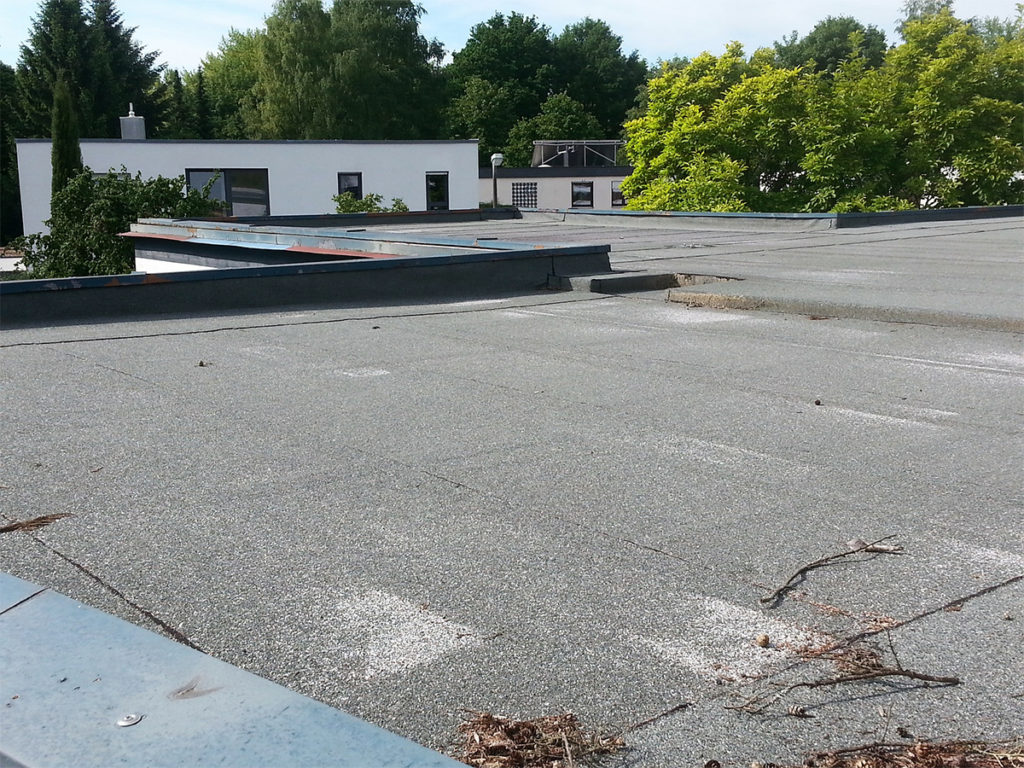
As the roofing industry has been advancing in their material science, with many architects, designers and voluntary rating systems calling for a lessened dependence on asphalt based products and materials containing Red List chemicals, there are still millions and millions of tons of installed asphalt-based roofing systems that will need to be replaced within the next 40 years with no current means of recycling or reusing the torn off systems. These millions and millions of tons are currently dumped into landfills across the US and North America each year and that trend will continue until a viable solution is developed.
Currently, no uniform method exists for measuring construction and demolition waste in the US, but the EPA estimates are between 230 million tons and 530 million tons produced each year, with 30% – 70% of the non-roofing materials recovered depending on the location. Roofing is one of the top four construction and demolition materials disposed of in the highest amounts in US landfills. Often comprising up to 20% of landfill construction and demolition waste, roofing, in particular, is found in higher percentages because there are so few options for diversion or recovery.
And these estimates are not capturing the story of pre-consumer waste streams— “blems” (mistakes in manufacturing) and less than A-grade materials that also typically find their way to landfill. If manufacturers have a waste factor of 6-10% of materials produced not meet specifications, across all asphalt-based manufacturers this waste number can be quite significant.
Recycling Demolition Waste
Within the asphalt shingle industry there have been some solutions developed to address diverting materials from landfill via recycling. These programs can be costly and also are not readily available across the county. Industry estimates say that about 2-3 million tons of asphalt shingles are recycled annually. If you consider that 11-13 million tons of asphalt shingles are landfilled each year, and there are no programs in place to address the needs of commercial low-slope asphalt material recycling, there is still a significant effort needed to address this growing problem.
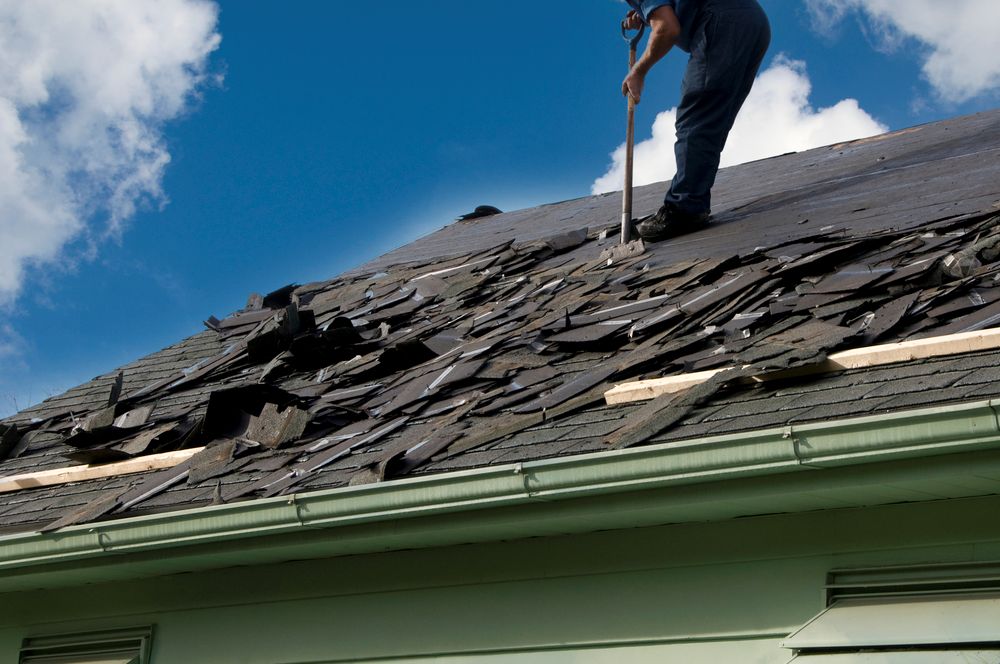
The problem is also compounding. State and local municipal solid waste sites are starting to ban the dumping of construction and demolition waste, specifically asphalt-based products, in their landfills.
At present there are bans in DC, Massachusetts, Vermont and West Virginia and there is an escalation of tipping fees in Michigan, Rhode Island, and Iowa as a deterrent to wanting to do so. There are plans for Seattle, LA, NY, and other cities to stop sending any trash to landfills leaving contractors with little to no cost-effective solutions.
Big picture: how do we solve this issue?
Innovative Biological Alternatives
Research is being conducted on developing biological means to break down and uptake the heavy carbons and caustic elements (i.e. zinc, lead, arsenic, cadmium) within asphalt based roofing. The research is intended to develop a cost-effective process to address the needs of rendering asphalt-based roofing materials non-toxic.

With success, the program will also be a viable option to address the other C&D waste streams containing asphalt products, as well as addressing the uptake of materials containing Red List chemicals like phthalates (mainly used as plasticizers, i.e., substances added to plastics to increase their flexibility, transparency, durability, and longevity; phthalate esters are used primarily to soften polyvinyl chloride or PVC).
With the growth of the green roof and biobased materials markets, the industry is poised and ready for a solution set that gives willing manufacturers the opportunity to innovate landfill diversion strategies for their products. While most manufacturers still don’t recognize demolition waste as an issue they own, being able to participate in the dialogue and present a viable, scalable solution from coast to coast will go a long way in adjusting the negative perceptions about asphalt-based materials.
Next time we’ll discuss innovative solutions including how mushrooms can transform our roofs.
~ Joanne Rodriguez and Elizabeth Hart Morris

Joanne Rodriguez, PDC, LEED AP, CDT
Joanne Rodriguez, PDC, LEED AP, CDT is the owner of GreenStructure, Ltd. For 30 years, Joanne has worked to advocate for healthy, affordable, durable building environments. Working across the many influencers of design and development: architects, engineers, building owners and contractors, her experience is helping to influence an ever-expanding market on topics related to sustainability impacts through water, waste, energy and air as it applies to the built environment.
Joanne has three decades of experience working within the building products and construction communities, with an emphasis on sustainable building impacts and high performance building envelope assemblies. In 2017 she fully launched GreenStructure–a multidisciplinary environmental consulting firm founded in 2012. With expertise in strategic sustainability and resiliency planning, she has coupled her highly technical background with the emerging trends in ecosystems and risk mitigation to become a green infrastructure asset specialist. GreenStructure has experience in zero-landfill and waste diversion programming, energy efficiency audits, and sustainable roof and building envelope solutions. At Tremco, she was responsible for the development of sales and marketing platforms focused on sustainability in the built environment. She was responsible for the implementation of programs like Roof Recycling and Zero Landfill. Participating in various organizations like AIA, NRCA, ULI, UN Chicago, ecoAmerica, Green Roofs for Healthy Cities, CDRA, Climate Leadership Corps and CRP Chicago Chapter–Rodriguez is able to stay at the forefront of emerging trends and innovations in the sustainability world.
Contact Joanne Rodriguez at 630-235-1526 and joanne@greenstructureltd.com.

Elizabeth Hart Morris, CDT, GRP
Elizabeth Hart Morris, CDT, GRP is the President of Green Up Roofing, a sustainable roofing consulting firm, and she is also president of the Green Roof info Think-tank (GRiT), a nonprofit dedicated to creating urban resiliency through the use of green roofing. For over a decade she has been promoting environmental remediation with the use of on-structure vegetation and other sustainable roofing technologies. This includes creating and managing Tremco Inc.’s Zero Waste Program to keep roofing tear-offs out of the landfills. Elizabeth is experienced in all phases of commercial roofing and on-structure vegetated systems, from early design through installation and maintenance, as well as restoration and recycling of existing systems. Her projects include hospitals, schools and municipal facilities, and each one has a positive impact to the building occupants and surrounding community.
Elizabeth received her B.S. in Sustainable Development from Appalachian State University, with a concentration in bio-remediation – the use of plants and microbes to neutralize environmental pollution. Elizabeth is the GRP Education Chair on the Board of Directors for Green Roofs for Healthy Cities (GRHC). She is an accredited Green Roof Professional through GRHC and a certified Construction Documents Technologist through the Construction Specifications Institute. She frequently partners with Green Structure for various endeavors related to sustainable development and urban resiliency.
Contact Elizabeth Hart Morris at 404-725-1602 and morris@greenuproofing.com.
 Greenroofs.comConnecting the Planet + Living Architecture
Greenroofs.comConnecting the Planet + Living Architecture


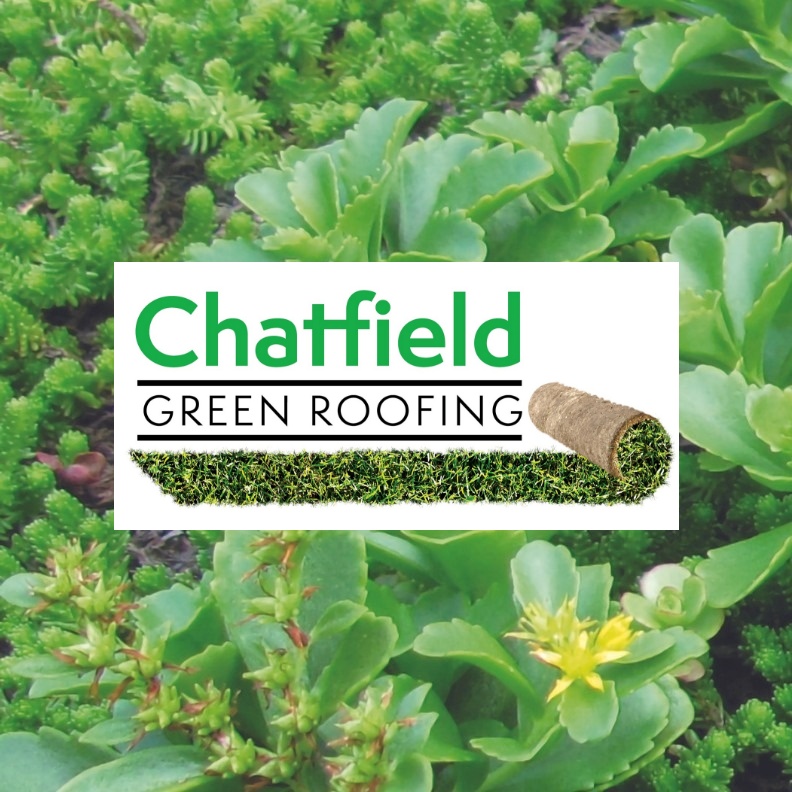
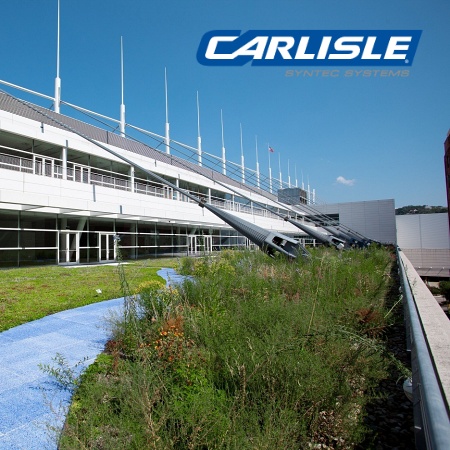

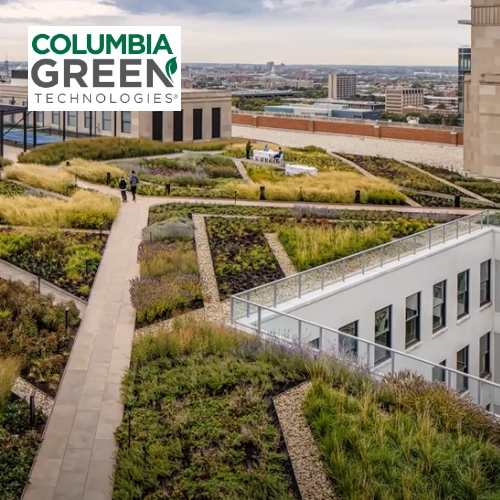




Sky Quarry Is Paving The Way Toward A Potential Solution For The Multi-Billion Dollar Waste Asphalt Shingle Problem – Newsline Hub
[…] equivalent of over 22 million barrels of oil per year. A growing concern among environmentalists, roofing waste is considered one of the top four construction or demolition materials discarded in landfills. The […]